Jul 27, 2011
Last year we had a bad blast year - several fields that had never experienced blast got the disease and some reported yield losses. This year growers and PCAs are paying more attention to try to prevent the disease from causing damage.
Leaf blast symptoms of the disease begin as small grayish, whitish or bluish spots that enlarge to form diamond shaped lesions.
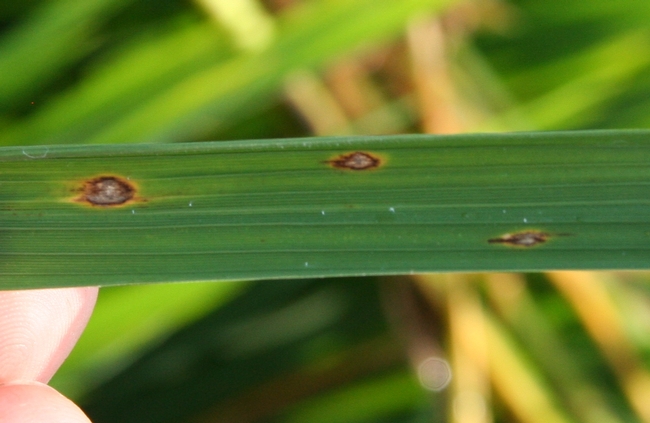
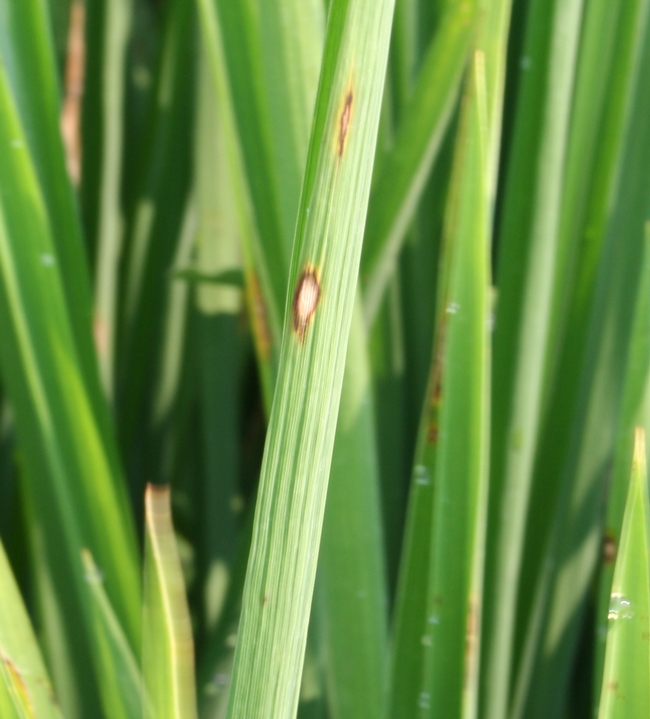
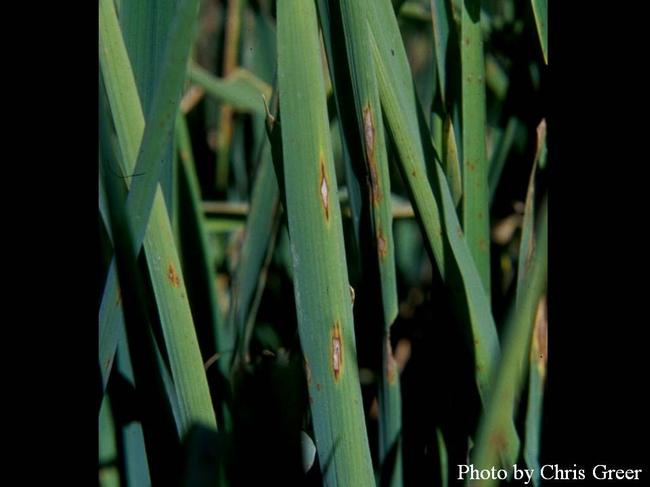
Lesions can coalesce and cover most of the leaf blades, causing "holes" of dead plants. This holes are usually observed at the edge of the field, in areas where nitrogen was overapplied because of overlap during aqua application. Excess nitrogen make plants more susceptible to infection.
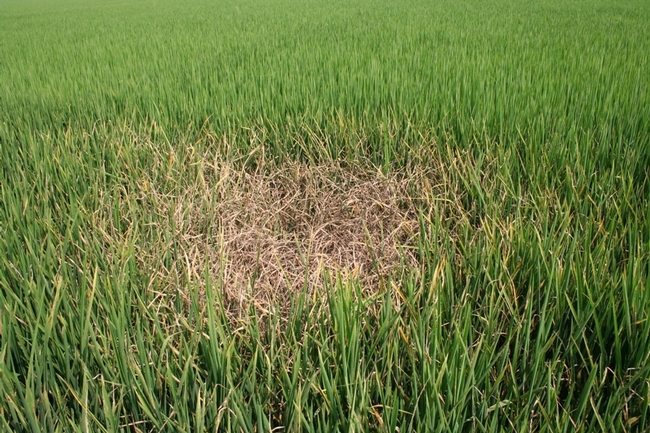
Neck and panicle blast are of economic importance. Infection of the panicles directly reduce yield by causing empty heads that produce little or no grain.
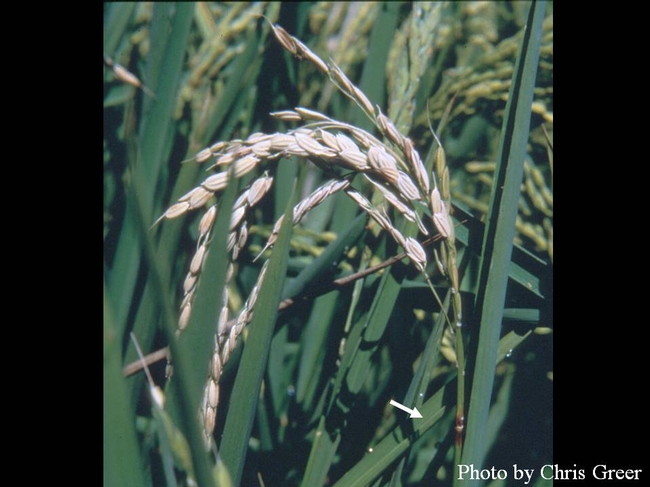
Environmental conditions that favor the disease are extended periods of free moisture on the surface of the plant, night time temperatures between 63-73 F, no wind and high relative humidity.
When treating for blast, time your applications so that the young panicles are protected as they emerge from the boot. The fungicide azoxystrobin inhibits spore germination, and therefore is more effective when applied as a protectant. When using a fungicide, follow label directions and rates.